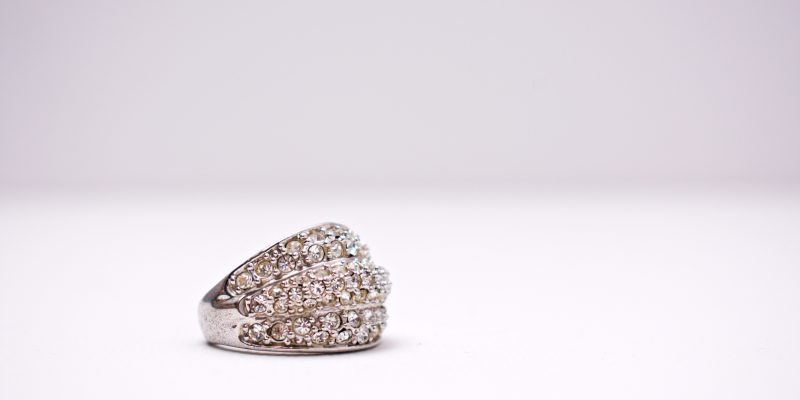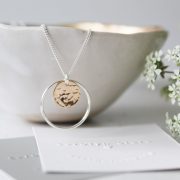Describe white gold. How is it produced? What distinguishes it from yellow gold, and how? This article examines white gold in detail, weighs its advantages and offers purchasing advice form Paris Jewelry.
Tips for Buying White Gold Plated Jewelry
- Describe white gold
A white gold nugget is not a metal in and of itself. Actually, it’s a gold alloy. This indicates that it is composed of palladium, platinum, silver, and pure yellow gold in addition to other metals.
- Plating? The plating does not go away
Like all fine jewelry, white gold has to be maintained on a regular basis. Rhodium plating on white gold is more robust and scratch resistant than yellow gold, which is prone to becoming damaged and requiring cleaning to regain its brilliant luster. Even while top-notch rhodium plating can withstand everyday use, with time it starts to wear off and the yellowish undertone of the white gold starts to shine through.
- Why is white gold mixed with alloy metals?
White gold contains alloy metals for two different reasons. They are employed to first give it a “white” color. Second, it has a rigid form thanks to the alloy metals.
As we mentioned earlier, pure yellow gold serves as the foundation for the creation of white gold. Paris Jewelry manufacturers must mix a little quantity of silvery-colored metal with it to turn it from yellow to white.
White gold’s durability is also boosted by the alloy metals. In actuality, all gold jewelry is made of alloy metals. Your jewelry item will always contain certain alloys, whether it is composed of yellow, rose, or white gold. Because gold is a highly soft metal, this is the case.
- What causes white gold to gradually take on a yellow hue?
Your white gold jewelry gradually loses its rhodium finish, exposing the yellow gold underlying. That is typical. This eventually occurs to all white gold jewelry.
The rate of tarnishing relies on a variety of elements, including the pH of your skin and the housekeeping or toiletries your Paris Jewelry comes into contact with.
But don’t worry, it can be fixed quickly. Simply ask your jeweler to rhodium-plate your jewelry. You may decide how frequently you want to recoat jewelry, and the expense is not prohibitive.
- How can I determine the percentage of pure gold in my white gold jewelry?
The amount of gold in any type of gold jewelry, including yellow, white, and rose gold, is expressed in “karats.” The letter K is frequently used to represent karat. such as 9K or 18K gold. Jewelry made of 9K gold is 37.5% pure gold. Items made with 18K gold are 75% pure gold.
The benefits of white gold
- Include its beauty and value as a precious metal. It resembles both platinum and silver in appearance, but it costs less than platinum and is far more durable than silver.
- For individuals who choose a white, silvery look over yellow gold, it is the ideal option.
- All jewels look their best in this setting because of its neutral color and durability. It has a lovely, timeless appearance that goes with every dress and any occasion.
White gold’s drawbacks are as follows:
- White gold will eventually require recoating to keep its color since it is manufactured from a combination of pure yellow gold and alloys and covered with rhodium.
- Even though this is a quick and affordable operation, you could have to go without your Paris Jewelry for a few days while it is carried out.
Conclusion
In the end, choosing a gold color comes down to personal preference. White gold is a fantastic option if you adore the sleek, contemporary appearance of silvery-colored Paris Jewelry. The sole drawback of white gold is that it requires periodic recoating in order to keep its crisp, white luster. It is less costly than platinum and more durable than silver when compared to the other white metals.















